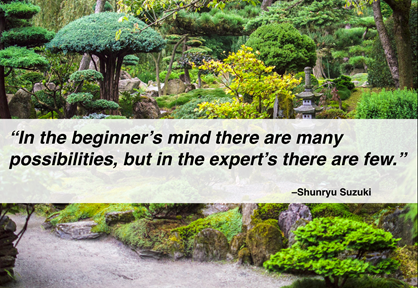A Biased View of Uv/vis/nir
A Biased View of Uv/vis/nir
Blog Article
Rumored Buzz on Uv/vis/nir
Table of ContentsNot known Factual Statements About Uv/vis Getting My Circular Dichroism To WorkSome Known Details About Circular Dichroism Indicators on Uv/vis You Should KnowThe smart Trick of Spectrophotometers That Nobody is Discussing

Although spectrophotometry is most frequently used to ultraviolet, noticeable, and infrared radiation, contemporary spectrophotometers can interrogate wide swaths of the electromagnetic spectrum, consisting of x-ray, ultraviolet, noticeable, infrared, and/or microwave wavelengths. Spectrophotometry is a tool that hinges on the quantitative analysis of particles depending upon just how much light is soaked up by colored compounds.
Uv/vis/nir Fundamentals Explained
A spectrophotometer is frequently used for the measurement of transmittance or reflectance of services, transparent or nontransparent solids, such as sleek glass, or gases. Numerous biochemicals are colored, as in, they soak up visible light and therefore can be measured by colorimetric procedures, even colorless biochemicals can frequently be converted to colored compounds appropriate for chromogenic color-forming responses to yield substances appropriate for colorimetric analysis.: 65 Nevertheless, they can also be designed to determine the diffusivity on any of the noted light varieties that normally cover around 2002500 nm using different controls and calibrations.
An example of an experiment in which spectrophotometry is used is the decision of the balance constant of a solution. A specific chemical reaction within a solution may occur in a forward and reverse instructions, where reactants form products and products break down into reactants. Eventually, this chain reaction will reach a point of balance called an equilibrium point.
Uv/vis - Questions
The quantity of light that travels through the solution is indicative of the concentration of particular chemicals that do not enable light to go through. The absorption of light is because of the interaction of light with the electronic and vibrational modes of particles. Each kind of molecule has an individual set of energy levels related to the makeup of its chemical bonds and nuclei and hence will absorb light of particular wavelengths, or energies, leading to special spectral residential or commercial properties.
Using spectrophotometers spans numerous clinical fields, such as physics, products science, chemistry, biochemistry. circular dichroism, chemical engineering, and molecular biology. They are commonly utilized in lots of markets including semiconductors, laser and optical manufacturing, printing and forensic assessment, as well as in laboratories for the research study of chemical compounds. Spectrophotometry is typically utilized in measurements of enzyme activities, determinations of protein concentrations, determinations of enzymatic kinetic constants, and measurements of ligand binding reactions.: 65 Ultimately, a spectrophotometer has the ability to identify, depending on the control or calibration, what substances exist in a target and precisely just how much through computations of observed wavelengths.
Created by Arnold O. Beckman in 1940 [], the spectrophotometer was developed with the help of his coworkers at his business National Technical Laboratories founded in 1935 which would end up being Beckman Instrument Business and eventually Beckman Coulter. This would come as a solution to the formerly produced spectrophotometers which were not able to soak up the ultraviolet correctly.
4 Easy Facts About Uv/vis/nir Shown
It would be discovered that this did not offer satisfying results, for that reason in Design B, there was a shift from a glass to a quartz prism which enabled for better absorbance outcomes - spectrophotometers (http://connect.releasewire.com/company/olis-clarity-343997.htm). From there, Model C was born with a change to the wavelength resolution which wound up having 3 units of it produced
It was produced from 1941 to 1976 where the price for it in 1941 was US$723 (far-UV devices were an option at additional cost). In the words of Nobel chemistry laureate Bruce Merrifield, it was "most likely the most essential instrument ever developed towards the advancement of bioscience." Once it became ceased in 1976, Hewlett-Packard created the first commercially available diode-array spectrophotometer in 1979 referred to as the HP 8450A. It irradiates the sample with polychromatic light which the sample takes in depending upon its properties. It is transferred back by grating the photodiode variety which finds the wavelength area of the spectrum. Given that then, the production and implementation of spectrophotometry devices has actually increased profoundly and has actually turned into one of the most ingenious instruments of our time.

The Ultimate Guide To Uv/vis/nir
The grating can either be movable or fixed.
In such systems, the grating is repaired and the intensity my sources of each wavelength of light is measured by a various detector in the range. When making transmission measurements, the spectrophotometer quantitatively compares the fraction of light that passes through a reference option and a test option, then electronically compares the strengths of the two signals and computes the portion of transmission of the sample compared to the reference requirement.

Report this page